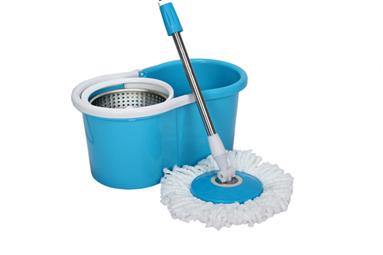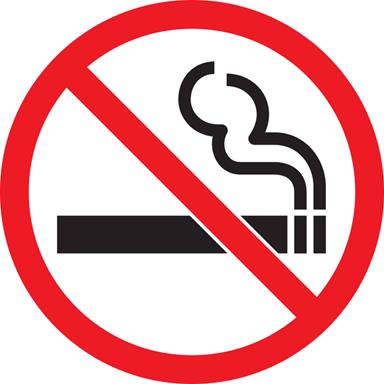Simple Ways To Keep The Haze Out Of Your Home
Maintenance & Repair5 minutes read
6603 views
6603 views
With hotspots detected in Sumatra, the 24-hour Pollutant Standards Index (PSI) in Singapore, which indicates the air quality, is expected to be in the high end of the moderate range of 51 to 100, and may even enter the low end of the unhealthy range. Since the advice for hazy conditions is to stay indoors, how do you ensure that the air quality in your home is optimal? Here are 5 simple steps to improving the air quality indoors so that you can be assured that your lungs are inhaling clean air.
1. Keep It Clean
Place a large floor mat at your front door, as it helps to trap dust and pollutants via the dirt embedded in our shoes and hence prevents them from entering the floors at home. Kids are vulnerable to higher exposures because they tend to get dust on their fingers and then put their fingers in their mouths.

But we do not welcome you, air pollutants!
Get family and visitors alike to remove their shoes before entering your home and keep house shoes and socks in a shoe rack outside the home.
By using a vacuum with a washable HEPA hygienic filter, you can reduce significant amount of pollutants in your home. You can also get rid of other toxins and allergens like pollen and dust mites.
Using a vacuum cleaner with strong suction and turbo system ensures that dust and dirt will not get blown back out in the exhaust. In high traffic areas, ensure the same spot is vacuumed for longer.
Do not neglect walls, carpet edges and upholstered furniture, where dust tends to accumulate. For optimal air quality, vacuum at least twice a week and wash out your filter regularly.

Mopping or sweeping picks up the dust that vacuuming leaves behind. Even without using soaps and cleaners, just plain water alone is sufficient to capture any lingering particulate matter. New microfiber mops and cloths allegedly trap more dust and dirt than traditional fibers without the help of any cleaning solutions.
2. Keep Moisture Under Check

Dust mites, bacteria, mould and fungi trap moisture so keeping humidity under check helps to eliminate all these.
A dehumidifier helps reduce moisture in indoor air and effectively controls allergens and An air conditioner also reduces indoor pollen and dust by filtering out pollutants. Remember to empty drip pans in your window air conditioner and dehumidifier.
Keep the windows shut when it is hot outside as the outer humid air will only make the inner air unbreathable and also lead to mold and mildew.
Use indoor fans to push the air around and hand held fans.
Keep the oven and stove off but if you have to cook, use an exhaust fan if possible.
House plants can improve indoor air quality by acting as natural filter by absorbing carbon dioxide and producing oxygen; however, if they are over-watered, they can encourage mold growth.
Repair all leaky plumbing and pipes promptly.
If available, switch on bathroom exhaust fans while showering.
3. Eliminate All Pollutants
Refrain from smoking indoors, as tobacco smoke contains high concentrations of toxic chemicals and pollutants.

Renovation activities such as sanding, floor polishing, varnishing, paint stripping, painting or gluing should be done outside of the house as they may trigger off respiratory irritations.
If you are wary of what household products, using natural ingredients like soap, water, baking soda, vinegar or lemon juice is the safest choice for most household cleaning needs, also saving you lots of money wasted on unnecessary cleaners with unnatural chemicals inside.
Buy machine washable bedding. Wash pillows, sheets and comforters as regular as possible to reduce accumulation of allergens, including dust mites.
Use air purifiers to get rid of particles in air.
4. Naturalise Your Scents
Minimise use of pungent, strong solvent-based cleaners, which tend to makes your eyes water.
Look for fragrance-free or naturally-scented laundry or cleaning products. Fragrances added to many cleaners, such as laundry detergents and fabric softeners, may cause acute effects such as respiratory irritation, headache, sneezing and sore eyes in sensitive individuals who suffer from allergies or asthma.
Use essential oils or lemon/baking soda for clean, natural scents.

No no no
Keep use of aerosol sprays to a minimum - deodorants, hair sprays, carpet cleaners, furniture polish, and air fresheners.
Request for quotes and we'll match you with a selection of Interior Designers!
Previous
Scandinavian Renovation With A Twist


 Sign Up with Google
Sign Up with Google

.jpg)